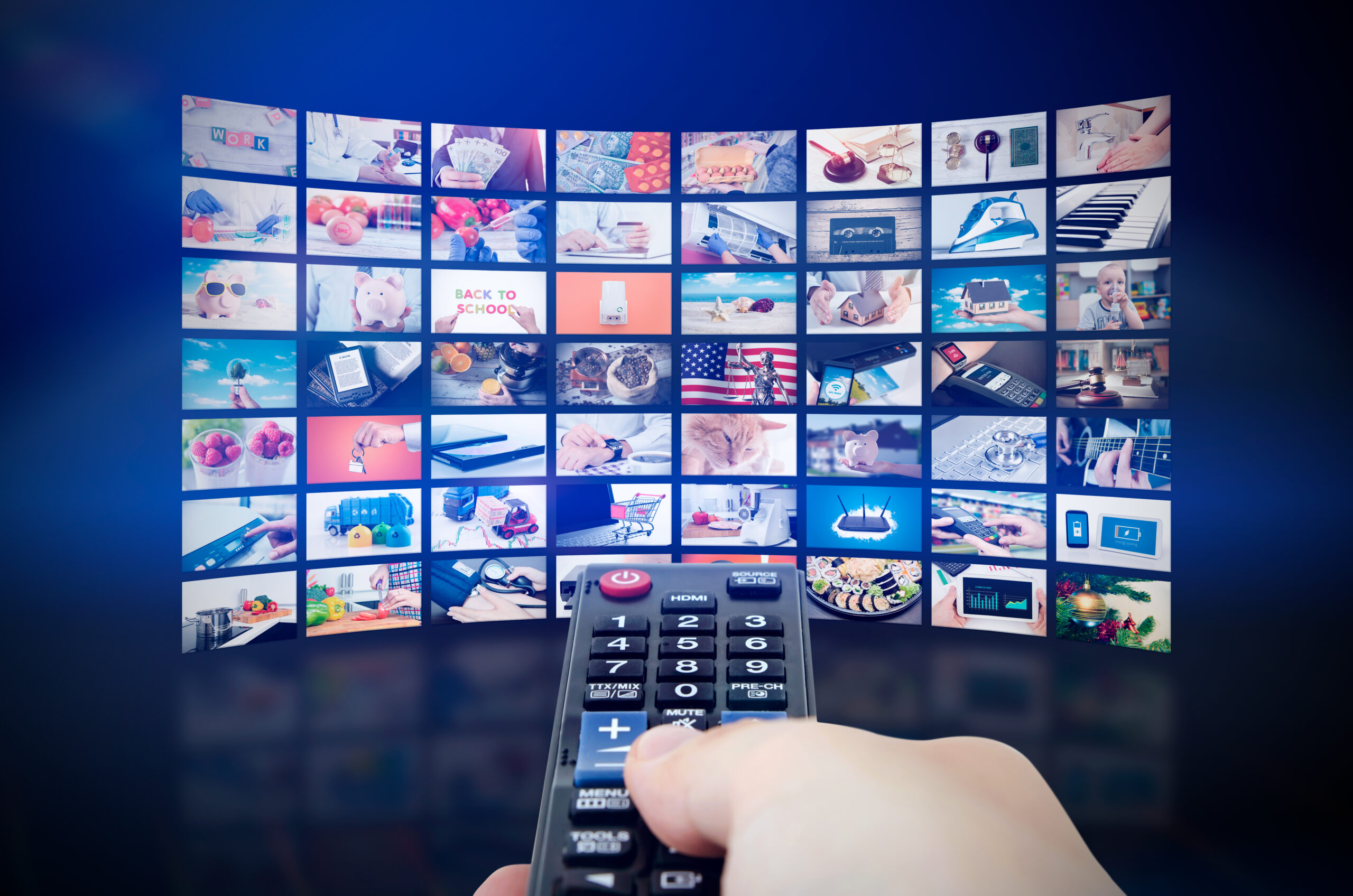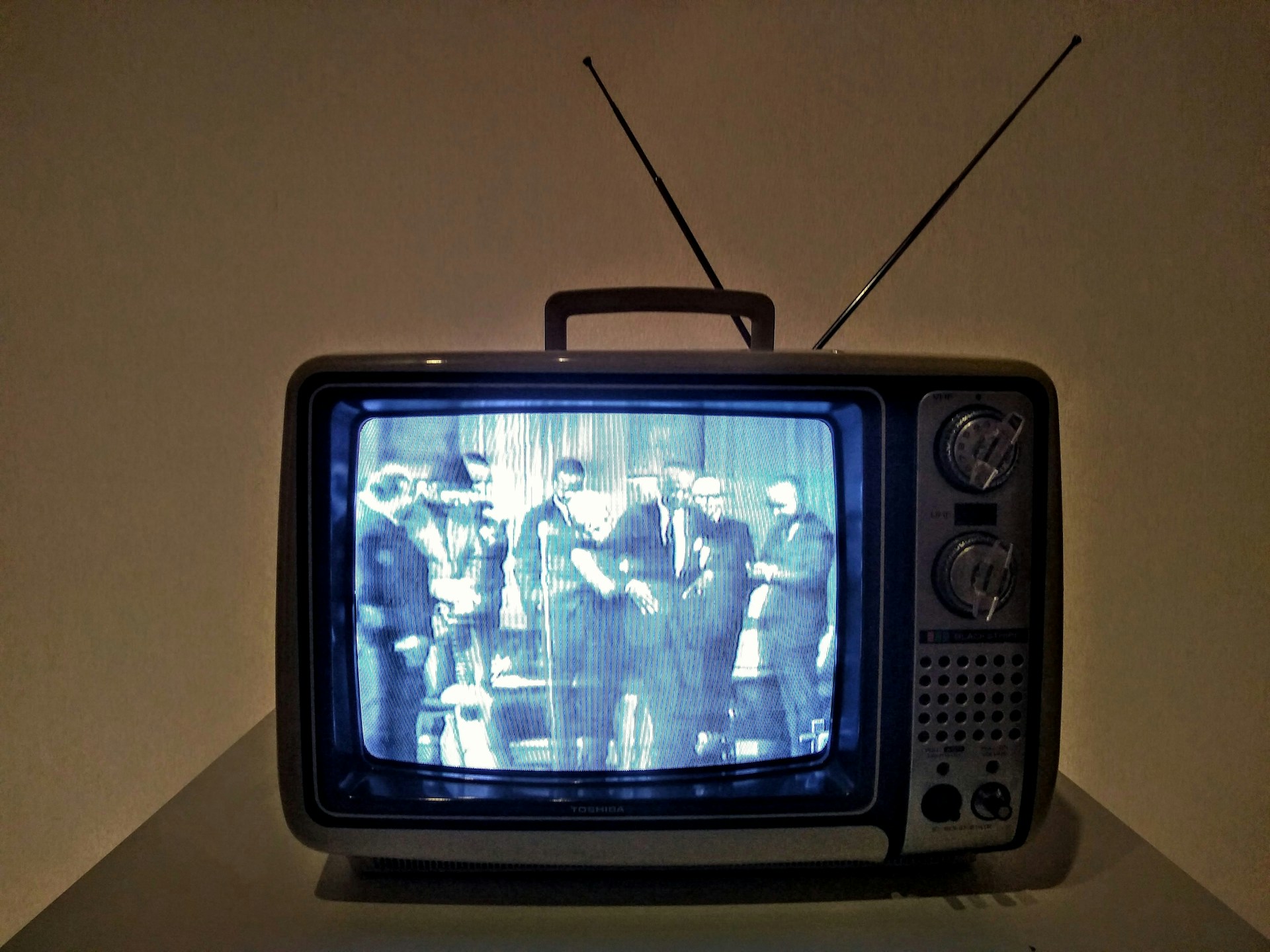
The Future of TV Advertising: Trends and Predictions
The world of TV advertising is undergoing a significant transformation, driven by rapid technological advancements and shifting consumer behaviors. As traditional advertising methods become less effective in an age of digital media, advertisers are exploring new strategies and technologies to capture audience attention and deliver more personalized, engaging content. This article delves into the emerging trends in TV advertising, examines how technologies like artificial intelligence (AI) and virtual reality (VR) are shaping the future of ads, and makes predictions about how TV advertising will evolve in the next decade.

Emerging Trends in TV Advertising
Programmatic Advertising
Programmatic advertising has revolutionized the way TV ads are bought and sold. Unlike traditional methods, which involve manual negotiations and fixed pricing, programmatic advertising uses automated processes and real-time bidding to place ads. This allows for more efficient targeting and better use of advertising budgets. Programmatic advertising enables advertisers to reach specific demographics based on data-driven insights, resulting in higher engagement rates and improved ROI.
Addressable TV Advertising
Addressable TV advertising takes targeted advertising to the next level by allowing different ads to be shown to different households watching the same program. Using data from set-top boxes and smart TVs, advertisers can deliver personalized ads based on viewers’ demographics, interests, and viewing behaviors. This level of precision targeting enhances the relevance of ads, making them more engaging and effective.
Interactive Ads
Interactive ads are becoming increasingly popular as they allow viewers to engage with the content in real-time. These ads can include features such as clickable elements, QR codes, and on-screen prompts that encourage viewers to take immediate action, such as visiting a website or making a purchase. Interactive ads not only enhance viewer engagement but also provide valuable data on consumer behavior and preferences.
Branded Content and Native Advertising
As consumers become more adept at avoiding traditional ads, branded content and native advertising are gaining traction. These ads seamlessly integrate with the content viewers are already consuming, making them less intrusive and more appealing. Branded content can take the form of sponsored segments, product placements, or original programming created in partnership with advertisers. Native advertising blends with the format and style of the platform, providing a more organic viewing experience.
Shorter Ad Formats
Attention spans are dwindling, and advertisers are responding by creating shorter, more impactful ad formats. Six-second bumper ads and 15-second spots are becoming more common, as they are less likely to be skipped and more likely to retain viewer attention. These shorter formats require advertisers to be more creative and concise in delivering their message.
Cross-Platform Integration
With the rise of multi-screen viewing, cross-platform integration is essential for effective TV advertising. Advertisers are developing campaigns that seamlessly span TV, online, and mobile platforms to reach viewers wherever they are. This integrated approach ensures consistent messaging and maximizes reach and engagement across different channels.
How Technologies Like AI and VR Are Shaping the Future of Ads
Artificial Intelligence (AI)
AI is playing a pivotal role in transforming TV advertising. Here are some ways AI is shaping the future of ads:
Personalized Ad Experiences
AI algorithms analyze vast amounts of data to understand viewer preferences and behaviors. This enables advertisers to deliver highly personalized ad experiences tailored to individual viewers. For example, AI can recommend products based on past purchases or suggest content based on viewing history, making ads more relevant and engaging.
Predictive Analytics
AI-driven predictive analytics allow advertisers to anticipate future trends and consumer behaviors. By analyzing historical data and identifying patterns, AI can predict which ads are likely to perform well with specific audiences. This helps advertisers optimize their campaigns and allocate resources more effectively.
Dynamic Ad Insertion
AI enables dynamic ad insertion, where ads can be automatically swapped in real-time based on viewer data. This ensures that the most relevant ads are shown to each viewer, increasing the likelihood of engagement. For example, a viewer watching a cooking show might see ads for kitchen appliances, while another viewer watching the same show might see ads for groceries.
Content Creation
AI is also being used to create content. AI-powered tools can generate ad copy, design visuals, and even produce video content. These tools can quickly create multiple variations of an ad, allowing advertisers to test different versions and identify the most effective ones.

Virtual Reality (VR) and Augmented Reality (AR)
VR and AR are immersive technologies that offer new possibilities for TV advertising. Here’s how they are shaping the future of ads:
Immersive Ad Experiences
VR and AR provide immersive experiences that engage viewers on a deeper level. VR ads can transport viewers to a virtual environment where they can interact with the brand in a more meaningful way. For example, a VR ad for a car company might allow viewers to take a virtual test drive. AR ads can overlay digital content onto the real world, enabling interactive experiences such as trying on virtual clothes or seeing how furniture would look in a room.
Enhanced Storytelling
VR and AR enhance storytelling by providing a more immersive narrative experience. Advertisers can create rich, interactive stories that viewers can explore at their own pace. This creates a deeper emotional connection with the brand and makes the ad more memorable.
Increased Engagement
Immersive technologies increase viewer engagement by making ads more interactive and enjoyable. Viewers are more likely to spend time with an ad if it offers a unique, immersive experience. This leads to higher engagement rates and a stronger impact on brand awareness and recall.
Predictions for How TV Advertising Will Evolve in the Next Decade
Greater Personalization and Customization
As data collection and analysis become more sophisticated, TV advertising will become increasingly personalized and customized. Advertisers will leverage AI and machine learning to deliver ads that are tailored to individual viewers based on their preferences, behaviors, and context. This level of personalization will enhance the relevance and effectiveness of ads, leading to higher engagement and conversion rates.
Integration with Smart Home Devices
The proliferation of smart home devices, such as smart TVs, speakers, and home assistants, will create new opportunities for TV advertising. Advertisers will be able to deliver contextual ads based on real-time data from these devices. For example, a smart fridge might trigger an ad for groceries when it detects that supplies are running low. This integration will enable more seamless and relevant ad experiences.
Growth of Addressable Advertising
Addressable advertising will continue to grow, allowing advertisers to reach specific households with tailored messages. Advances in data analytics and privacy regulations will enable more precise targeting while ensuring consumer data is handled responsibly. This trend will result in more efficient ad spending and improved ROI for advertisers.
Expansion of Interactive and Shoppable Ads
Interactive and shoppable ads will become more prevalent, enabling viewers to engage with ads and make purchases directly from their TV screens. Enhanced interactivity will make ads more engaging and provide a seamless path to purchase. This trend will be driven by advancements in technology and changes in consumer behavior, as viewers increasingly expect convenience and immediacy.
Adoption of Advanced Measurement Metrics
Traditional metrics such as reach and frequency will no longer suffice in measuring the effectiveness of TV advertising. Advertisers will adopt advanced metrics that provide deeper insights into viewer engagement, ad performance, and ROI. These metrics will include measures of attention, interaction, emotional response, and long-term impact on brand loyalty and sales.
Rise of AI-Generated Content
AI-generated content will become more sophisticated and widespread, enabling advertisers to create high-quality ads quickly and cost-effectively. AI tools will be able to produce realistic visuals, compelling narratives, and personalized content at scale. This will allow advertisers to experiment with different creative approaches and optimize their campaigns based on real-time feedback.
Increased Focus on Sustainability and Social Responsibility
As consumers become more conscious of social and environmental issues, advertisers will need to align their messaging with these values. TV ads will increasingly highlight brands’ commitments to sustainability, ethical practices, and social responsibility. Authenticity and transparency will be crucial in building trust and loyalty with socially conscious consumers.
Evolution of Content Partnerships
Collaborations between brands and content creators will become more sophisticated, resulting in seamless integrations that enhance the viewing experience. Advertisers will work closely with producers, writers, and influencers to create content that naturally incorporates their messages. This will lead to more authentic and engaging branded content that resonates with viewers.
Emergence of New Ad Formats
As technology evolves, new ad formats will emerge, offering innovative ways to engage viewers. These could include holographic ads, multi-sensory experiences, and personalized narratives that adapt based on viewer interactions. The boundaries between ads and entertainment will continue to blur, creating more immersive and enjoyable ad experiences.
Challenges and Considerations
While the future of TV advertising holds exciting possibilities, it also presents challenges. Advertisers will need to navigate issues related to data privacy, ad fatigue, and the evolving regulatory landscape. Ensuring that ads are relevant, respectful, and non-intrusive will be key to maintaining viewer trust and engagement.
Conclusion
The future of TV advertising is being shaped by technological advancements and changing consumer behaviors. Emerging trends such as programmatic advertising, addressable TV, and interactive ads are transforming the way brands connect with audiences. Technologies like AI and VR are creating new possibilities for personalized and immersive ad experiences. As the advertising landscape continues to evolve, advertisers must stay ahead of the curve by embracing innovation, focusing on personalization, and aligning their messaging with consumer values. By doing so, they can create compelling TV ads that captivate audiences and drive meaningful results in the decade to come.




